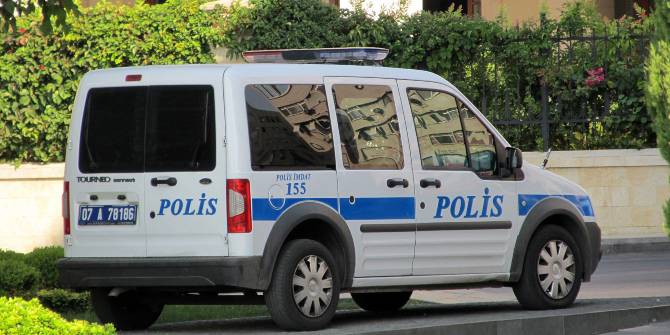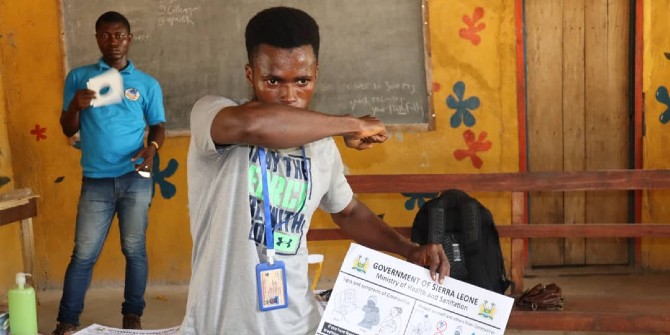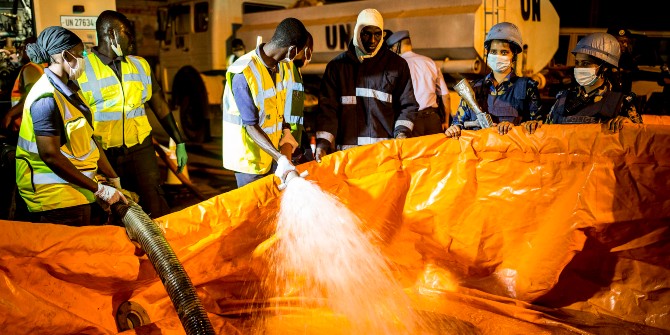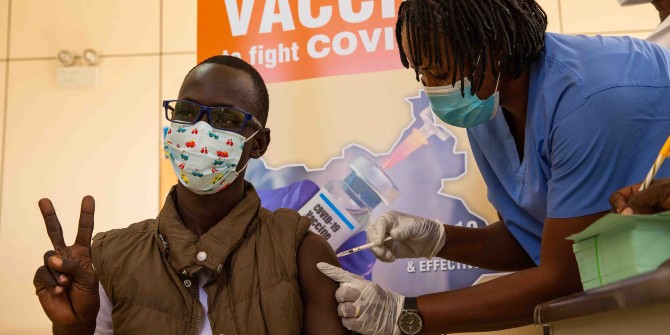Turkey imposed an enhanced partial lockdown to deal with the pandemic, keeping non-essential businesses open and imposing curfews. Its infections peaked in mid-April. But Selva Demiralp (Koç University) warns that it is at risk of a second wave.
Thanks to the relatively late arrival of the COVID-19 virus, Turkey had the opportunity to observe the measures that were taken by the other countries and rapidly put similar measures into practice.

Lockdown restrictions were imposed days after patient zero was diagnosed on 11 March. Public gatherings were banned on 15 March. Schools were closed on 16 March and switched to remote teaching. Businesses were encouraged to work remotely where possible. International and domestic flights were cancelled between mid-March and early April. On 21 March, a curfew was imposed on over-65s. On 3 April, 31 major cities were sealed off and a curfew for under-20s was imposed. Since 18 April, a full lockdown has been implemented on weekends and holidays.
The Turkish experience can be considered an enhanced partial lockdown. A partial lockdown can be defined as a set of restrictions to encourage social distancing while most businesses remain open. In Turkey, almost 40 percent of the population is under curfew, which is much stricter than a partial lockdown. Had the country gone into full lockdown, most businesses except essential ones would remain closed.
Patient numbers peaked on 14 April, about a month after the lockdown measures were put into practice. How do we gauge the performance of the measures adopted by Turkey? Our research with Cem Çakmaklı, Sebnem Kalemli-Özcan, Sevcan Yeşiltaş, and Muhammed Ali Yıldırım provides a baseline to evaluate these numbers.
Using WHO statistics on the infection rate and the recovery rate to determine our key parameters, we find that in a partial lockdown the peak is observed in about 200 days. The duration of the lockdown is rather long, because the infection spreads among the working population. In a full lockdown, however, the peak is observed immediately after the lockdown because the infection rate declines immediately once most people are confined to home.
What explains the better performance?
With a peak within one month, Turkey’s performance is significantly better than that in a typical partial lockdown scenario. Why? Let’s re-emphasise that the restrictions were put into practice rather early, before the pandemic spread to the population. Furthermore, the health sector worked rather effectively. Heath care is mostly privatised in Turkey, with remarkable ICU capacity, which contributes to a higher recovery rate. A third factor is the role played by the COVID-19 scientific committee, which worked as an effective bridge between the government, the media and the public. The committee was quite successful in their communication about the pandemic and the necessary measures. The government and the media were receptive to the committee’s warnings: the media pushed for more restrictions, and encouraged social distancing rules. Meanwhile, the government gradually increased the restrictions and moved towards a full lockdown scenario.
Other factors that explain the superior performance of the lockdown are related to the success in lowering the infection rate. Sociological, demographic as well as leadership factors play a role. There are fewer nursing homes in Turkey because the elderly are typically taken care of by their children. This limits the infection rate among the most vulnerable group. In addition, Turkey is a relatively young country, with the elderly constituting less than 10 percent of total population.
Turkey is ruled by a strong leader. President Recep Tayyip Erdoğan has control over state institutions and mainstream media, and enjoys high support from his voter base. This is a particular advantage when extraordinary measures are introduced and people is expected to cooperate. Turkish society generally complies with government decrees. Regulations are not challenged and mostly obeyed, so long as there are penalties for disobedience.
Risks in the outlook
Our research indicates that while a lockdown would eventually contain the pandemic, prematurely releasing the restrictions before the number of cases decline to sufficiently low levels might bring a second wave. Ironically, this is particularly true for a more successful lockdown.
Figure 1: Infection rate under different lockdown scenarios

In the figure, the blue line shows the natural course of the virus and the number of patients in the no-lockdown scenario where all businesses remain open. There are quite a few cases at the peak, but the infection rate gradually declines and the virus is under control within about a year. The red and the green lines show partial lockdown scenarios while the shaded area shows the duration of the lockdown. If the lockdown period is not very effective and more people get infected during the lockdown (the red line), fewer people will get infected once the restrictions are removed. Thus, the cost of prematurely ending the lockdown will not be that high. Ironically, if you implement a successful lockdown and keep the virus away from more households (the green line), then more people will be infected after the lockdown is removed because there is less immunity in society. Hence, ending the lockdown too early generates a sizable second wave in this scenario.
Economic costs of a second wave
In our paper, we quantify the economic costs of COVID-19 for Turkey. Using a Susceptible-Infected-Recovered (SIR) model at the sectoral level, we estimate the number of infections for each sector, incorporating the proximity needs for each occupation. As we deduct the number of infected individuals from the labour force, we reach the supply effect. In addition, we use the decline in credit card purchases to calculate the change in demand during the pandemic and convert this to sectoral level by using input-output tables.
We find that the economic costs of a second wave are sizable. As the number of infections increase, consumer confidence does not return to normal and demand remains weak. Compared to a full lockdown, economic costs more than double, exceeding 10 percent of the GDP when there is a partial lockdown with a second wave.
This post represents the views of the author and not those of the COVID-19 blog, nor LSE.






1 Comments